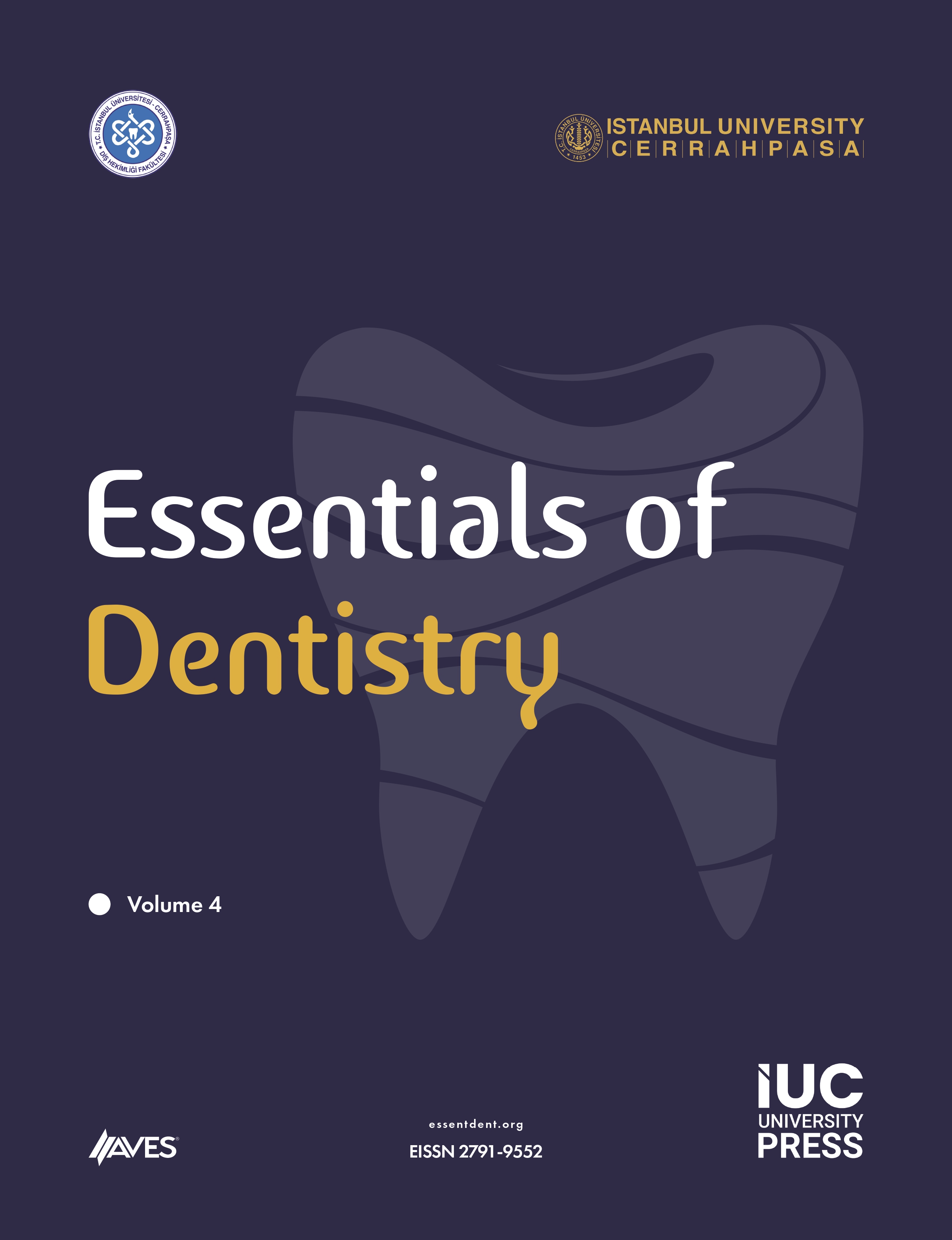Background: The purpose of the study was to compare the microhardness values of composite resins polymerized with different modes of a third-generation light curing unit (LCU).
Methods: Three nanohybrid composites (Filtek Z550 3M ESPE MN USA, Spectra ST HV Konstanz GERMANY, Tetric N-Ceram Liechtenstein) and one mircohybrid composite (Filtek Z250 3M ESPE MN USA) were used. Eighteen samples (8 × 2 mm) were prepared for each composite (n=18). Half of them were cured with light-emitting diode (LED) LCU’s (VALO; Ultradent USA) standard mode, the other half were cured in Xtra power mode. The Vickers microhardness test was performed at the polished surface for 3 times of each specimen.
Results: For each composite, no significant difference was detected between the cure modes. For standard mode, a statically significant difference was detected between all composites, except for Tetric N-Ceram and Spectra ST HV. For Xtra power mode, a significant difference was detected between all composites, except for Z550 and Z250.
Conclusion: Xtra power cure for a microhybrid composite was showed the highest microhardness value. When the composites were compared with each other, the effect of Xtra power on microhardness values varied depending on the composites. The modes used of the light device did not affect the microhardness values of the composite resins used in the study.
Cite this article as: İyibilir AF, Demirci M, Tuncer S, Tekçe N, Duman Ö. The effect of different light curing modes on the microhardness value of different composite resins. Essent Dent. 2024;3(2):39-44.






